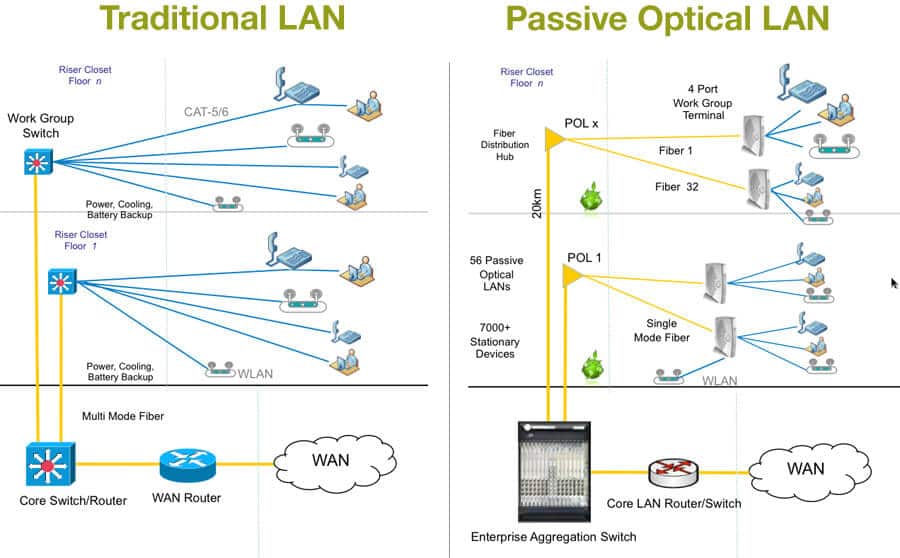Cabling is one of the most important elements within any IT network and is one of the biggest IT investments that companies make. Selecting the right cabling system can have a tangible impact on a range of issues, including network performance, the speed at which data can pass through the network. Therefore, making the right choice of cabling system is too important an issue to be ignored.
Understandably, since cabling is an occasional rather than a regular purchase, most IT managers cannot be expected to be experts in this area, but this does mean that they often need to rely on advice from contractors, consultants, installers and suppliers. This can be dangerous, depending on the quality of the information being distributed. Poor-quality or inadequate cabling systems can bring a network to a standstill.
There have even been occasions where it has been necessary to rip out large sections of structured cabling, due to faults that need to be located and repaired, costing the companies involved vast amounts of money, as well as lost time. These faults may not be immediately obvious, potentially causing the user company considerable disruption at a later date.
The good news is that with a basic understanding of the cabling market and installation issues, IT managers can make more informed choices. The first question is: structured or not? Direct cabling is cheaper, but it is essentially a blind network, without any means to manage or configure it easily. This is particularly important when changes need to be made, for instance switching around connections to end-users, should there be a reorganisation in an office.
When correctly labelled, the patch panel of a structured cabling system makes it easy to see at a glance every connection, so changes can be quickly and easily made, usually without requiring a specialist visit from a third party. Moreover, efficient installation means that any potential EMI or crosstalk options can be minimised, for instance by ensuring specified distances between cables, minimising bend radius and using techniques, such as dual-pathing with diverse routing of cables. Given how often most companies will need to make changes to their cabling systems, however small, structured cabling is these days the sensible option.

